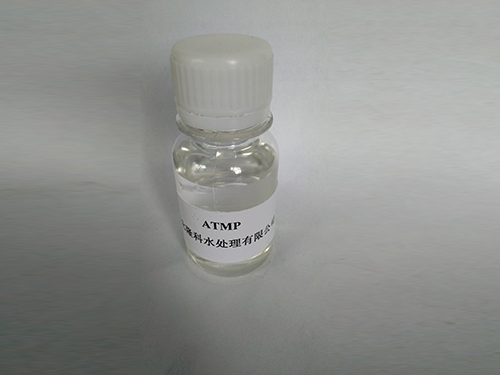flocculant vs coagulant
Understanding the Differences Between Flocculants and Coagulants in Water Treatment
In the realm of water treatment, the terms flocculants and coagulants are frequently encountered, and while they may seem interchangeable to the untrained eye, they serve distinct but complementary purposes in the process of separating solids from liquids. Understanding these differences is crucial for anyone involved in environmental engineering, water management, or related fields.
Understanding the Differences Between Flocculants and Coagulants in Water Treatment
Once coagulation has occurred, the resulting flocs are often still too small to settle effectively. This is where flocculants come into play. Flocculants are typically polymers that further enhance the aggregation of the particles formed during coagulation. While coagulants help initiate the process by neutralizing charges, flocculants help to bridge the gaps between the coagulated particles, creating larger and heavier aggregates that can settle more rapidly and easily. Examples of flocculants include natural polymers like starch and synthetic polymers such as polyacrylamide.
flocculant vs coagulant

One key difference between the two lies in their mechanism of action. Coagulants primarily alter the surface charge of particles and promote initial agglomeration, while flocculants enhance the size and density of the agglomerates formed during coagulation. This distinction plays a significant role in water treatment operations, where the right combination of coagulants and flocculants can significantly improve sedimentation and filtration processes.
The dosages of these chemicals also vary; typically, coagulants are used in larger quantities compared to flocculants. This is due to their different roles in the water treatment process. The effectiveness of coagulants and flocculants can be influenced by numerous factors including pH, temperature, and the presence of other substances in the water. Therefore, extensive testing and optimization are often required to determine the appropriate chemicals and dosages for a specific application.
Environmental considerations are another critical aspect of using coagulation and flocculation in water treatment. The by-products generated from the usage of these chemicals must be managed appropriately to minimize their impact on the ecosystem. Some coagulants, for instance, can contribute to aluminum concentration in treated water, which raises health and environmental concerns. Therefore, selecting environmentally friendly alternatives and ensuring careful dosages are essential.
In conclusion, both flocculants and coagulants are vital in the water treatment process, each contributing uniquely to the removal of suspended solids. Understanding their functions, mechanisms, and impacts helps ensure the effectiveness and sustainability of water treatment practices. As technology advances and environmental regulations become stricter, the importance of selecting the right agents for coagulation and flocculation will continue to grow, paving the way for cleaner and safer water resources.
-
Water Treatment with Flocculant Water TreatmentNewsJun.12,2025
-
Polymaleic AnhydrideNewsJun.12,2025
-
Polyaspartic AcidNewsJun.12,2025
-
Enhance Industrial Processes with IsothiazolinonesNewsJun.12,2025
-
Enhance Industrial Processes with PBTCA SolutionsNewsJun.12,2025
-
Dodecyldimethylbenzylammonium Chloride SolutionsNewsJun.12,2025





